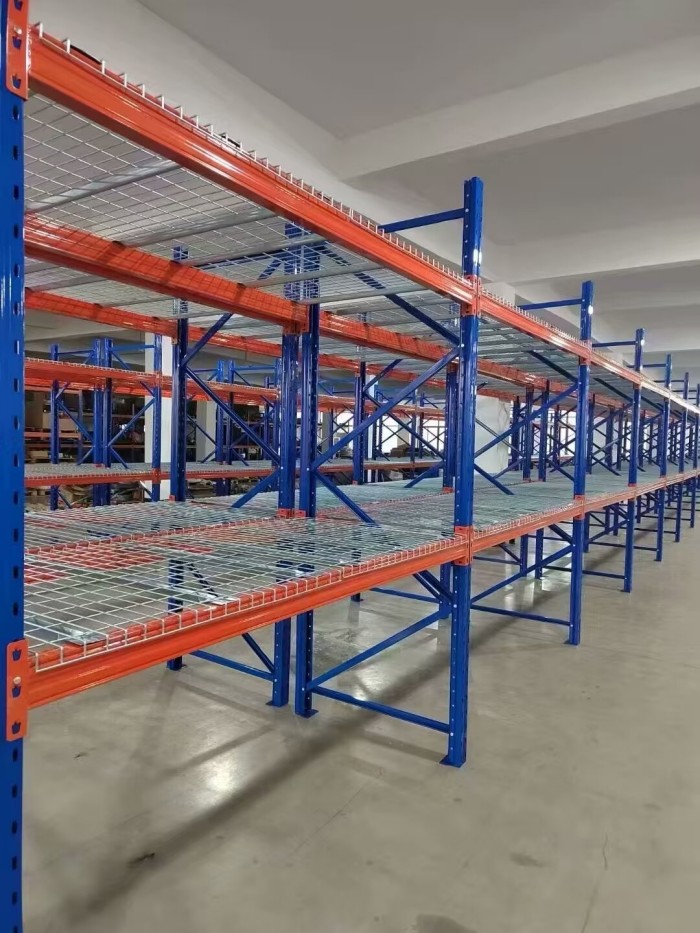Moisture Resistant Drywall for Bathroom Ceilings: The Ultimate Solution for a Durable and Mold-Free Space
When it comes to bathroom renovations or construction, one crucial aspect that often gets overlooked is the choice of drywall for the ceiling. Bathrooms are high-moisture areas, prone to humidity, condensation, and even occasional water splashes. To combat these issues and ensure a long-lasting, mold-free bathroom, moisture resistant drywall is the ideal choice. In this article, we will delve into the concept of moisture resistant drywall for bathroom ceilings, its benefits, installation process, and maintenance tips.
- Understanding Moisture Resistant Drywall:
Moisture resistant drywall, also known as green board or cement board, is specifically designed to withstand moisture and humidity. Unlike regular drywall, it is made with a water-resistant core and a moisture-resistant paper facing. This unique composition prevents the growth of mold and mildew, making it an excellent choice for bathroom ceilings. - Benefits of Moisture Resistant Drywall:
2.1 Enhanced Durability: Moisture resistant drywall is more durable than traditional drywall, as it can withstand moisture-related issues such as warping, sagging, and crumbling. This ensures a longer lifespan for your bathroom ceiling.
2.2 Mold and Mildew Prevention: The moisture-resistant properties of this type of drywall significantly reduce the risk of mold and mildew growth. This is crucial for maintaining a healthy and hygienic bathroom environment.
2.3 Improved Aesthetics: Moisture resistant drywall provides a smooth and seamless finish, allowing for a visually appealing bathroom ceiling. It can be easily painted or textured to match your desired aesthetic.
- Installation Process:
3.1 Preparation: Before installing moisture resistant drywall, ensure that the bathroom ceiling is clean, dry, and free from any existing mold or mildew. Proper ventilation should also be in place to minimize moisture accumulation.
3.2 Cutting and Fitting: Measure the dimensions of the ceiling and cut the drywall accordingly. Ensure a snug fit, leaving a small gap between panels for expansion. Use appropriate screws or nails to secure the drywall to the ceiling joists.
3.3 Joint Treatment: Apply joint compound to cover the seams between drywall panels. Use fiberglass mesh tape for added strength. Sand the joints smooth once the compound is dry.
3.4 Finishing: Apply a primer to seal the drywall and create a smooth surface for painting or texturing. Choose a high-quality paint or texture that is moisture-resistant for long-lasting results.
- Maintenance Tips:
4.1 Regular Cleaning: Keep your bathroom ceiling clean by regularly removing dust and debris. Use a mild detergent and warm water to clean any stains or spots.
4.2 Proper Ventilation: Ensure proper ventilation in your bathroom to minimize moisture buildup. Use exhaust fans or open windows during and after showers to allow moisture to escape.
4.3 Prompt Repairs: Address any leaks or water damage immediately to prevent further moisture-related issues. Regularly inspect the bathroom ceiling for signs of damage or mold growth.
Conclusion:
Moisture resistant drywall is a game-changer when it comes to bathroom ceilings. Its ability to withstand moisture, prevent mold and mildew growth, and provide enhanced durability makes it an indispensable choice for any bathroom renovation or construction project. By investing in moisture resistant drywall, you can create a beautiful, long-lasting, and mold-free bathroom space that will stand the test of time.


